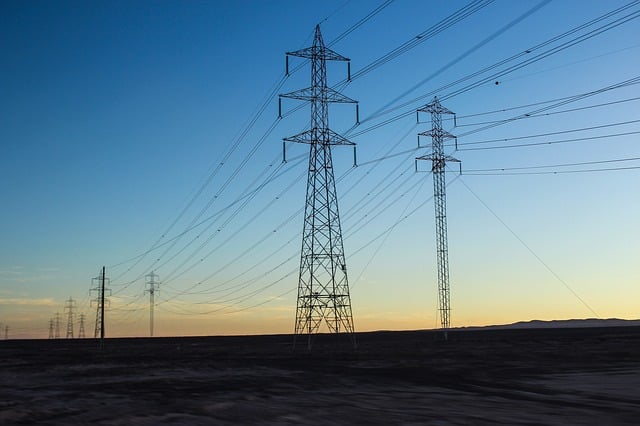
Electrical conductors allow electricity to be transmitted.
The adjective driver is used to describe what drives (guides, transports, directs). Electric , for its part, refers to what has, needs or transmits electricity : the form of energy that is based on the force manifested by the rejection or attraction between charged particles.
An electrical conductor , thus, is a material that enables the transmission of electricity . This capacity is given by the low resistance it exerts against the movement of the electric charge .
What materials conduct electricity
There are different kinds of materials that act as electrical conductors. The most efficient are metals such as copper , silver , iron , aluminum and gold . However, some materials that are not metals, such as saline solution or graphite , also function as electrical conductors.
If we take into account the way in which the electrical conductor carries out its work, then we can develop a classification of the different materials that returns us to the following three groups:
* metallic : these electrical conductors act electronically, since they are based on free electrons to carry charges. Precisely, this can take place because the members of this group are metals and alloys;
* electrolytic : these are those that have ionic class conduction. This means that the substances must go through a total or partial dissociation , to give rise to the formation of positive or negative ions, which are responsible for carrying the charges. In this case, a chemical reaction and a displacement of matter occur at the same time that the passage of electric current occurs;
* gaseous : as their name indicates, these electrical conductors are gases. Of course, it cannot be any gas, but rather one that has been subjected to ionization , a process that makes it capable of conducting electricity. Although it is true that this type of electrical conductor is not used very frequently, we cannot prevent the air itself (a gas that constantly surrounds us) from acting in this way, for example, when interacting with electrical discharges and lightning, among others. other cases.

Copper, present in many cables, is a frequently used electrical conductor.
Electrical conductors in the home
At an industrial and home level, the most used electrical conductor is copper . This is due to the relationship between its cost and its ability as a driver. That is why copper cables are used very frequently.
It should be noted that electrical conductors carry electricity from one point to another; They can modify the voltage when they are constituted as transformers ; and allow the creation of electromagnetic fields by forming electromagnets and coils.
Let's take the case of a television that needs electric current to operate. The device has a cable to connect to a power outlet, thus forming an electrical circuit. The television cable is made up of an electrical conductor with one or more wires, wrapped by a layer of filler and protected by insulation and a cover that provides mechanical protection.
Conductivity measurement
One of the operations that technicians must carry out very frequently when working with electrical conductors is to measure their conductivity level. To do this, they can use various instruments and techniques; Broadly speaking, we can say that conventional measurement consists of applying a voltage between two electrodes and then calculating the resistance of the solution.
Solutions with a high degree of electrical conductivity generate higher currents. So that the intensity of the current can be contained in a solution of these characteristics, we must make the surface of the probe smaller, or increase the distance between the two poles. Therefore, it is necessary to use probes that adapt to the measurement ranges of each test.
